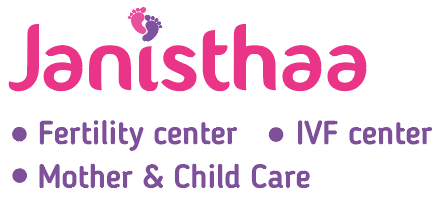Blastocyst transfer is crucial for IVF treatment and is the most advanced technology for fertility. Blastocysts are precocious embryos with high chances of implantation than the earlier methods. In this technique, the embryo is cultured in the blastocyst stage and reaches the blastocyst development stage after five days of fertilization. The cultured embryo can move from the fallopian tube to the uterus. The blastocyst starts to attach to the interior lining of the uterus, and it helps in implantation. The transfer of blastocysts increases the pregnancy rate and reduces the chances of multiple pregnancies. Blastocyst transfer in IVF is regarded as the latest reproductive technology wiping out the miseries of couples aspiring to be parents.
What is a Blastocyst?
A normal embryo will have about six to ten cells three days after the fertilization process. The blastocyst is the fertilized egg after five days which divides rapidly into multiple cells. The inner wall of the cells will transform into an embryo, and the outer wall of the cells will be for nourishment and protection of the embryo.
The major highlight of growing embryos to the blastocyst stage increases the chances of implantation. Due to effective implantation, it is easier to replace a few embryos and this rules out the occurrence of multiple pregnancies.
In a normal pregnancy, the ovary follicle will release the egg, and it moves off the fallopian tube and gets fertilized by the sperm. The embryo is of single-cell developing and differentiating by attaching itself to the uterine wall initiating pregnancy. Further, the embryo divides into multiple cells, and the resulting embryo is the blastocyst enabling implantation of itself along the uterine wall. The entire process happens five to six days after ovulation. The embryo hatches from its shell just before implantation.
Also, Read EMBRYOSCOPE – NEW CHANCES OF YOUR IVF SUCCESS
Blastocyst Culture
The Blastocyst culture is a diagnostic tool dependent on the quality of the embryo. The embryologist will use a high level of expertise to choose the embryo that needs to be cultured. The blastocyst transfer in IVF lab will maximize the success rate of pregnancy through extended culture leading to the growth of embryos and their chances of implantation. The critical phase is when the development of the embryo matches the uterine environment. The embryo transfer process happens after five days for the IVF blastocyst implantation. The culture and quality control of the IVF lab matters a lot to get desired results with an extended culture process. If the culturing process is interrupted due to low-quality embryos and a sub-optimal environment, then there will be challenges in the embryo selection process and blastocyst development.
Blastocyst Vs. Embryo
The cell division of the egg enables the embryo to acquire necessary energy and chemical composition in the early growth stage. The development of the embryo activates the genes for cell differentiation. At times, only one-third of the embryos are successful in gene activation and developing into a blastocyst. It is fit to get implanted in the uterus leading to full-term pregnancy.
Importance of Blastocysts in IVF
- The process of developing the own genes of the baby by selecting the correct set of embryos for the implantation for acquiring unique traits is called Gene Activation.
- There is a significant advancement in the embryo culturing process and tubal transfer procedures like Zygote Intrafallopian Transfer (ZIFT) and Gamete Intrafallopian Transfer (GIFT).
- It is a progressive and fresh approach used to counsel couples having anxiety about multiple deliveries.
- Blastocyst transfer has also led to assistive technology in reproduction for egg donation programs to increase the rate of pregnancies through the frozen blastocyst transfer.
- The blastocyst stage starts when the hatching of the embryo starts after five days of embryo transfer.
- It is also an easy process to eliminate the abnormal embryos using the preimplantation genetic screening process by extracting and testing them.
- The blastocyst transfer has helped couples to have babies with lesser abnormalities or without any birth defect.
However, the overall success of this procedure depends on the experts conducting the procedure as well as the condition of the laboratory where the procedure is performed. Janisthaa Fertility Centre and Hospital founded by Dr. Shwetha Y Baratikkae, at Basaveshwaranagar Nagar offers both expertise as well as a State-of-the-Art laboratory and facility to ensure safe and successful procedures for its patients. For more information on the various treatments and testimonials, visit the website https://janisthaaivf.com/ or call +91 7619198082 to book a consultation

